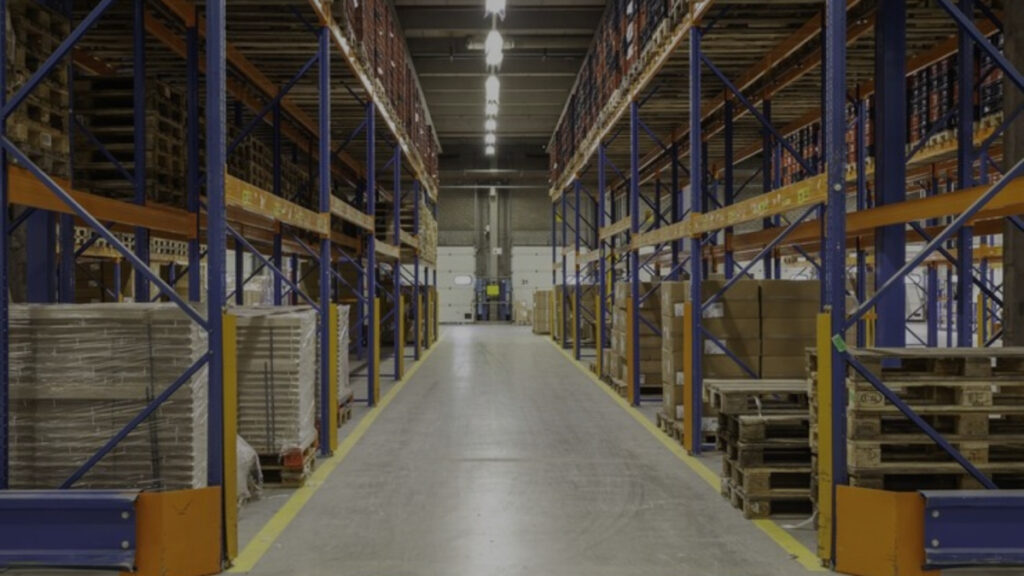13 ERP Evaluation Parameters to Consider in 2024 Schedule Meeting Choosing the right ERP (Enterprise Resource Planning) system for your textile business in 2024 is crucial. In this blog, we shed light on 13 key factors to consider during the textile ERP evaluation process. We aim to simplify the essential aspects, providing a straightforward guide to help you choose a textile ERP software with confidence and ease. With this guide, you will be able to ensure your chosen ERP aligns seamlessly with your business needs and objectives. 13 Textile ERP Software Evaluation Criteria in 2024 A robust Textile ERP software will help you manage your business end-to-end, right from receiving sales orders to settling invoices. Not only that, but it will also deliver value and other functionalities. Therefore, before completing the ERP evaluation process, ensure that your chosen ERP meets the following ERP evaluation criteria: Sales Order Management Production and Loom Planning Inventory and Warehouse Management Purchase Management Jobwork Management Quality Management Packaging and Dispatch Financial Accounting Productivity Functionality Technology Value Reliability 1. Sales Order Management: A streamlined sales process is essential when it comes to handling customer orders efficiently. Therefore, evaluating whether your textile ERP assists in proper Sales Order Management is vital. Textile ERP software with a dedicated module for managing sales orders will allow you to get centralized access to all orders. You will be able to keep track of your orders in real time, categorize them, ensure order accuracy, maintain invoices, and so much more! 2. Production and Loom Planning For a textile manufacturer, ensuring a production cycle with minimized delays is key to maintaining high customer retention. And the efficiency of your looms is directly related to your ability to fulfil customer orders on time. This makes finding an ERP with production and loom planning functionalities a must-have that you must check during your ERP system evaluation. With a production and loom planning module, you will be able to auto calculate production quantities, keep track of planned vs actual production, plan your looms effectively, minimize loom idle time, ensure shorter delivery cycles, etc. 3. Inventory and Warehouse Management Maintaining optimal inventory levels and a proper supply chain is the foundation of your textile business, making inventory and warehouse management an essential factor to consider during your ERP evaluation. With real-time visibility into stock levels, this module facilitates informed decision-making, reduces the risk of overstocking or shortages, track orders for dispatch, manage inventory in multiple locations from one platform, and more. 4. Purchase Management The purchase management module is a critical component in textile ERP evaluation, playing an important role in optimizing your procurement processes. A textile ERP software that supports purchase management will empower you to track and manage purchase orders, automate purchase requisition, ensure procurement compliance, among several other things. 5. Jobwork Management If you rely on outsourcing specific tasks of your textile manufacturing process, then ticking off jobwork management module in your ERP evaluation process is a must. Without a jobwork management module in place, you may suffer a lot of back and forth between vendors, lose track of inventory, invoices, etc. To avoid all this, get an ERP that will help you manage jobwork processes, invoices, in-warded or out-warded inventory, while allowing you to maintain quality standards across the entire production process. 6. Quality Management Quality plays a key role in ensuring customer retention because consumer demands are at an all-time high and regulatory compliances are stringent. All this makes a quality management module indispensable for textile businesses. This module will enable you to conduct prompt quality checks, automate grading process, ensure consistent quality grading, etc. If your chosen software meets this ERP evaluation criteria, you will be able to deliver products that exceed industry standards! 7. Packaging and Dispatch Packaging and dispatch hold great importance in the final stage of the supply chain. This is because efficient handling of products, accurate packaging, and timely dispatches are as important as producing quality products. The packaging and dispatch module of a textile ERP will provide you with real-time tracking capabilities for shipments, optimize packaging processes, reduce errors, and automate dispatch workflows. If you get an ERP with barcode generation functionality for your packages, then that’s an added advantage you shouldn’t miss! 8. Financial Accounting Simplified financial accounting plays a central role in overall textile business management. In the textile industry, profit margins can be sensitive and financial compliance is paramount. With the financial accounting module of your textile ERP software, you will be able to automate core financial processes, such as managing general ledgers, accounts payable, and receivables. You will get real-time insights into the financial health of your business making this module a must-have to ensure during your ERP evaluation. 9. Productivity Increasing business productivity is one of the ultimate goals of implementing a textile ERP solution. Therefore, productivity is a vital parameter in ERP system evaluation as it directly influences overall operational efficiency. Your chosen ERP should help you with automating workflows, optimizing resource allocation, increasing collaboration between teams, and more. Therefore, prioritizing productivity during ERP evaluation is essential for textile companies striving to stay competitive, responsive, and adaptable to market demands. 10. Functionality Another important aspect of implementing an ERP system is advanced functionalities that are tailored to the unique needs of the textile industry. Therefore, while undergoing ERP evaluation process, ensure finding an ERP that offers robust functionalities covering areas like inventory management, order processing, production planning, and beyond. 11. Technology The textile ERP that you choose should be technologically advanced allowing you to stay compatible, flexible, and scalable in the industry. A technologically advanced ERP ensures seamless integration with other business systems, facilitates real-time data access, is easy-to-use, and can be accessed anytime and from anywhere. 12. Value Implementing an ERP is a significant decision that demands investment and dedication. Therefore, during your ERP evaluation, it is crucial to assess how much value your ERP promises to deliver post-deployment in the long term. An effective textile ERP will











